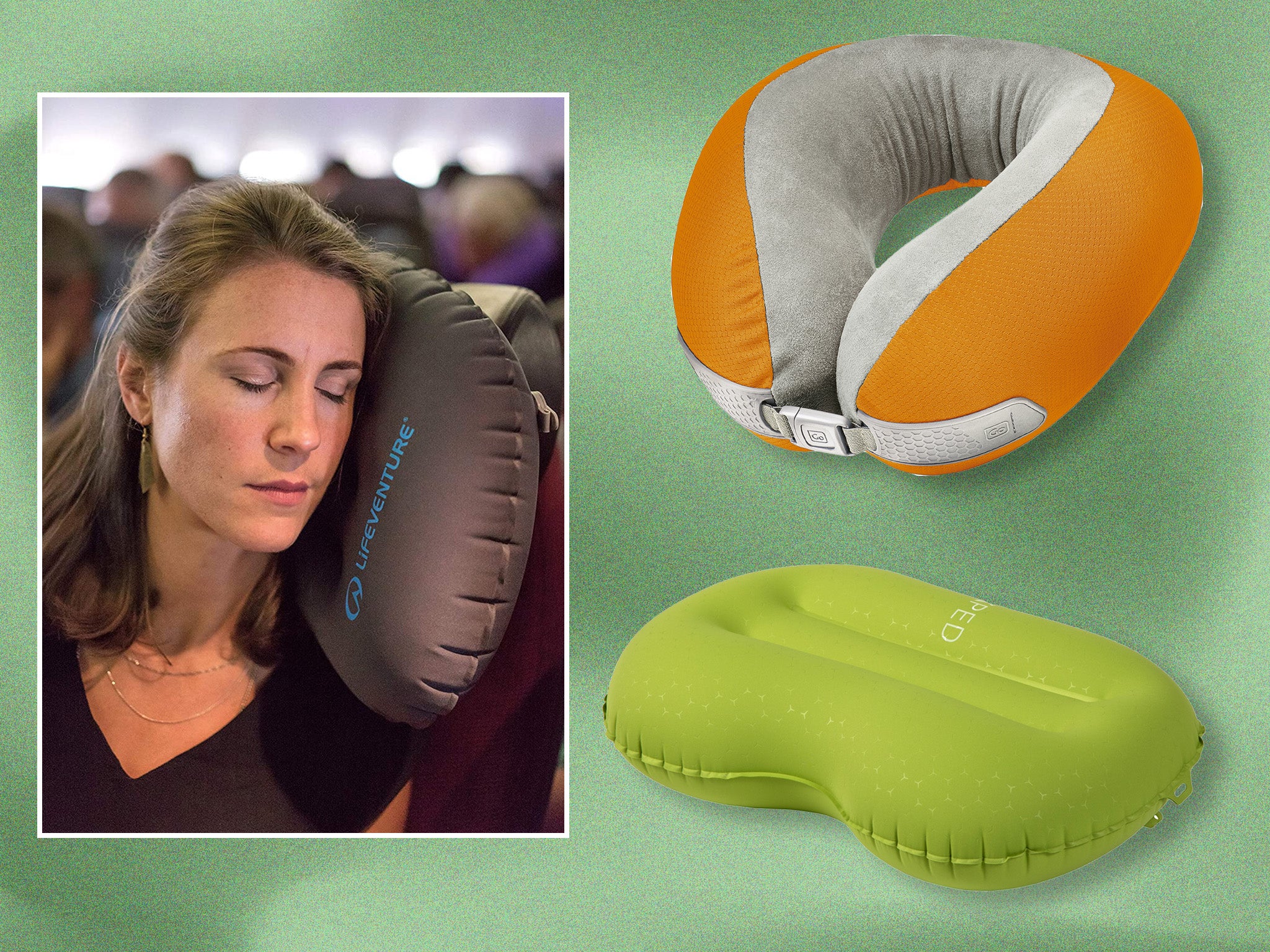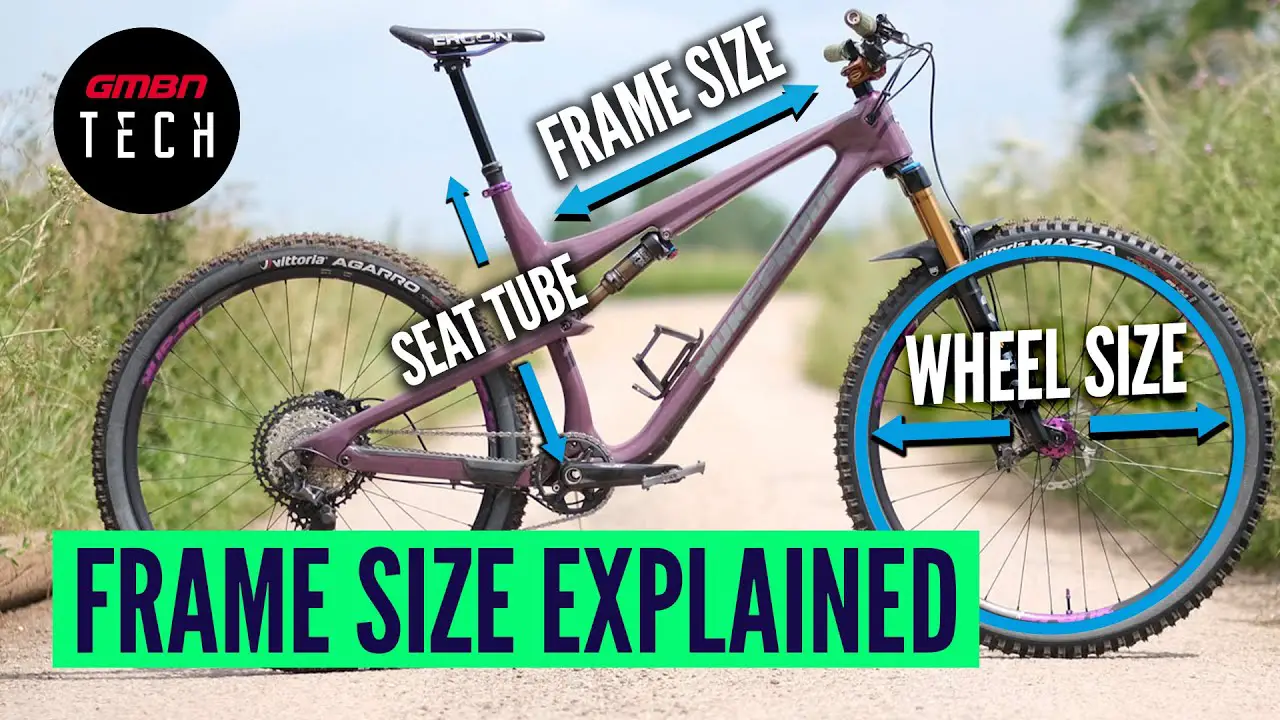Foam Pads for Camping: Your Ticket to Dreamy Nights

As an affiliate, we may earn from qualifying purchases. We get commissions for purchases made through links on this website. You can read more on our Affiliate Disclaimer here.
Foam pads for camping provide comfort and insulation against the ground. They are lightweight and durable, essential for outdoor sleeping.
Camping enthusiasts understand the importance of a good night’s sleep under the stars. Foam pads offer a protective barrier, which can be crucial when sleeping on uneven or rough terrain.
These pads come in various thicknesses and sizes to suit individual comfort needs and are designed to be compact for easy transport within a backpack.
They often feature closed-cell foam construction, known for its ability to retain heat and resist water absorption. By choosing the right foam pad, you can enhance your camping experience, ensuring you wake up refreshed and ready for your next adventure.
Comfort And Insulation: Essentials Of Camping Sleep
Restful sleep under the stars is pure bliss but challenging to achieve.
That’s where foam pads come into play, tasked with providing comfort and insulation.
They shield you from the hard, cold ground. This makes sleep both cozy and warm. Next, let’s explore how foam pads up your camping game.
Why Foam Pads Are A Game-changer
Foam pads transform the camping experience. They are lightweight and easy to carry.
Their cushioning properties make sleeping outdoors feel almost like you’re in your own bed.
- Less bulk: Foam pads can be rolled or folded, saving space.
- Insulation: They trap air and avoid heat loss to the ground.
- Comfort: Rocky terrains can’t disrupt your sleep with a foam pad.
Types Of Foam: Finding The Right Cushion
Diverse foam types cater to different preferences and needs in camping.
| Type | Properties | Best For |
|---|---|---|
| Closed-cell Foam | Dense and firm | Insulation on cold grounds |
| Open-cell Foam | Soft and compressible | Comfort in milder conditions |
| Self-inflating Pads | Combination of air and foam | Balance between comfort and insulation |
Testing different types of foam is key to finding your perfect match.
Your sleep quality during camping trips is bound to improve.
Quality sleep means more energy and joy for your outdoor adventures!
Choosing The Right Thickness And Density
A cozy night under the stars starts with the perfect foam pad. Different terrains and body types demand a unique balance of thickness and density in a foam pad. This will ensure the ultimate sleeping experience while braving the outdoor elements. Let’s dive into how to select the best foam pad to match your camping needs.
Balancing Comfort And Portability
Comfort and portability are two pillars when deciding on a foam pad’s thickness and density. Heavier and thicker pads offer more cushioning but can be a bear to carry. Conversely, lighter pads are a breeze to pack but might skimp on comfort.
- Thicker pads often range from 1.5 to 2.5 inches.
- Lighter pads usually fall below 1.5 inches.
Your choice should reflect the type of camping you’ll do:
| Camping Type | Suggested Thickness | Suggested Density |
|---|---|---|
| Backpacking | < 1.5 inches | High |
| Car Camping | > 1.5 inches | Medium |
Customizing Your Foam Pad
Tailor your foam pad to your body’s needs. A side sleeper? Go for extra thickness to cushion hips and shoulders. Cold weather camper? Choose a denser foam that will insulate against the chilly ground.
- Measure your body’s pressure points.
- Select a foam pad that addresses those areas.
- Consider the R-value for insulation needs.
Selecting a foam pad is a personal choice. Make sure it fits your body type and camping lifestyle. Custom pads ensure a better rest so you can wake up refreshed, ready for adventure.
Foam Pads Vs. Air Mattresses
Choosing the right sleeping gear is crucial for any camping trip. The debate between foam pads and air mattresses is one that many campers engage in. Each offers different comforts and challenges. Let’s dive into the pros and cons of each to see why some campers might choose one over the other.
Pros And Cons Of Each Sleeping Solution
| Foam Pads | Air Mattresses | |
|---|---|---|
| Pros | Lightweight to carryDurable with less risk of puncturesInsulates well against the ground | More comfortable for sleepingAdjustable firmnessCan feel more like a real bed |
| Cons | May be less comfortable for side sleepersCan be bulky despite their light weight | Heavier and require a pumpVulnerable to puncturesNot ideal for cold weather |
Why Some Campers Prefer Foam
A subset of outdoor enthusiasts swear by foam pads. Foam pads offer reliability that air mattresses simply can’t match. They don’t require inflation, so there’s no risk of waking up on hard ground due to a leak. Excellent insulation from foam pads keeps campers warm all night. Their simple design means setup is a breeze, essential after a long day of hiking. Though foam pads may be less luxurious, their practicality wins the day for many adventurers.

Credit: www.independent.co.uk
Caring For Your Foam Pad
Treating your foam pad with care is essential for any camper. A well-maintained pad provides comfort and insulation on outdoor adventures. Learn the best ways to keep your pad in top shape.
Cleaning And Maintenance Tips
A clean foam pad ensures a good night’s sleep. Keep your pad spotless and hygienic with these simple tips:
- Shake off dirt and debris after each use.
- Use a mild soap and water for occasional cleaning.
- Wipe spills immediately to avoid stains.
- For thorough cleansing, soak in lukewarm water, then rinse well.
- Avoid abrasive cleaners to prevent surface damage.
- Dry completely before storage to avoid mold.
Storage Hacks To Prolong Life
Appropriate storage extends the life of your foam pad. Follow these hacks:
- Store in a cool, dry place.
- Keep away from sharp objects to prevent tears.
- Roll loosely or lay flat, avoiding tight folds.
- Use a storage sack if available.
- Avoid placing heavy items on top to maintain shape.
Top Foam Pad Picks For Outdoor Enthusiasts
Top Foam Pad Picks for Outdoor Enthusiasts bring comfort to the stars.
Clear nights and wild spaces call for a cozy rest.
Quality foam pads make all the difference.
Your adventure awaits, but which foam pad to choose?
Let’s dive into the world of outdoor slumber with the top recommendations.
Expert Recommendations
The Trailblazer Choice: Experience unmatched comfort with the Mountain Master 3000.
- Ultra-lightweight
- Durable material
- Optimal thickness for support
Seekers of sustainability, meet the Eco-Dreamer.
- Eco-friendly, renewable materials
- Compact design
- Water-resistant
The Arctic Sleeper is for cold adventurers.
- Superior insulation
- Designed for freezing temperatures
- Slip-resistant surface
Budget-friendly Options
Saving never felt so comfy. Try the Bank-Saver Mat.
| Price | Weight | Thickness |
|---|---|---|
| Low-cost | Light | Basic cushion |
The Happy Camper Pad keeps your wallet and back happy.
| Material | Foldability | Comfort Level |
|---|---|---|
| Dense foam | Easy to pack | Medium-firm |

Credit: www.outdoorgearlab.com
Innovations In Foam Pad Technology
Innovations in Foam Pad Technology are taking the outdoor camping experience to new comfort levels. Amidst the twinkling stars and serene landscapes, the ground under can often be less than accommodating. Thanks to recent advances in foam pad technology, campers now have access to enhanced sleep and eco-friendly options. Let’s explore how these modern solutions make nights in nature cozier and more sustainable.
Latest Features For Enhanced Sleep
Better rest awaits with these cutting-edge features:
- Memory foam technology: Adapts to your body for unmatched support.
- Built-in pillow sections: Negates the need for extra gear.
- Reflective layers: Improve insulation during chilly nights.
- Multi-layering: Offers firmness options and enduring comfort.
- Fast-inflate valves: Saves time and breath for setting up your bed.
Each feature ensures that whether under the stars or canopy, your sleep remains uninterrupted.
Eco-friendly Materials In Modern Pads
The focus on sustainability has led to impressive innovations:
| Material | Benefits |
|---|---|
| Recycled fabrics | Reduce waste, promote circular economy |
| Plant-based foams | Biodegradable, less environmental impact |
| Non-toxic adhesives | Safer for users and nature alike |
| Zero PVC materials | Less harmful emissions, better recyclability |
These eco-conscious materials not only help preserve our planet but ensure durable, long-lasting comfort. Embrace the tranquility of the wilderness with a mind at ease, knowing your chosen foam pad respects the very nature around you.
Frequently Asked Questions About Foam Pads For Camping
Are Foam Mats Good For Camping?
Foam mats are excellent for camping as they provide insulation from the cold ground and offer cushioning for a comfortable sleep. Their lightweight design makes them easy to transport.
What Can I Use Instead Of A Sleeping Pad For Camping?
You can use foam mats, inflatable mattresses, or folded blankets as alternatives to a sleeping pad for camping. Thick clothing or a pile of leaves and grass can also provide insulation and cushioning.
What Are The Pros And Cons Of Foam Pads?
Pros of foam pads include lightweight composition, comfort, and affordable pricing. Cons involve less durability, potential for heat retention, and inadequate support for some users.
Do Foam Pads Absorb Water?
Yes, foam pads can absorb water, especially if they’re open-cell foams which have interconnected pores that allow liquid to pass through.
What Are Foam Pads For Camping?
Foam pads for camping are lightweight, cushioned mats that provide insulation and comfort from the ground when sleeping in a tent or outdoors.
Why Choose Foam Pads Over Air Mattresses?
Foam pads are less likely to puncture, offer better insulation, and are typically more lightweight than air mattresses, making them ideal for backpacking.
How To Select The Best Camping Foam Pad?
Consider the foam pad’s R-value for insulation, thickness for comfort, weight for portability, and the packed size when selecting the best option for camping.
Conclusion
Embracing the great outdoors enhances life’s joys, and the right gear can make or break a camping trip. Foam pads are essential for comfort and insulation from the ground’s chill. Remember, a well-chosen pad can transform your sleep under the stars.
Choose wisely, rest better, and savor nature’s embrace to the fullest.

Steven is a professional cyclist and his passion is cycling. He has been cycling for the last 6 years and he loves using bikes while outing as well. Based on his experiences with the different types of bikes; he is sharing his opinions about various bikes so that a beginner can start right away. Find him on Twitter @thecyclistguy Happy Biking.




